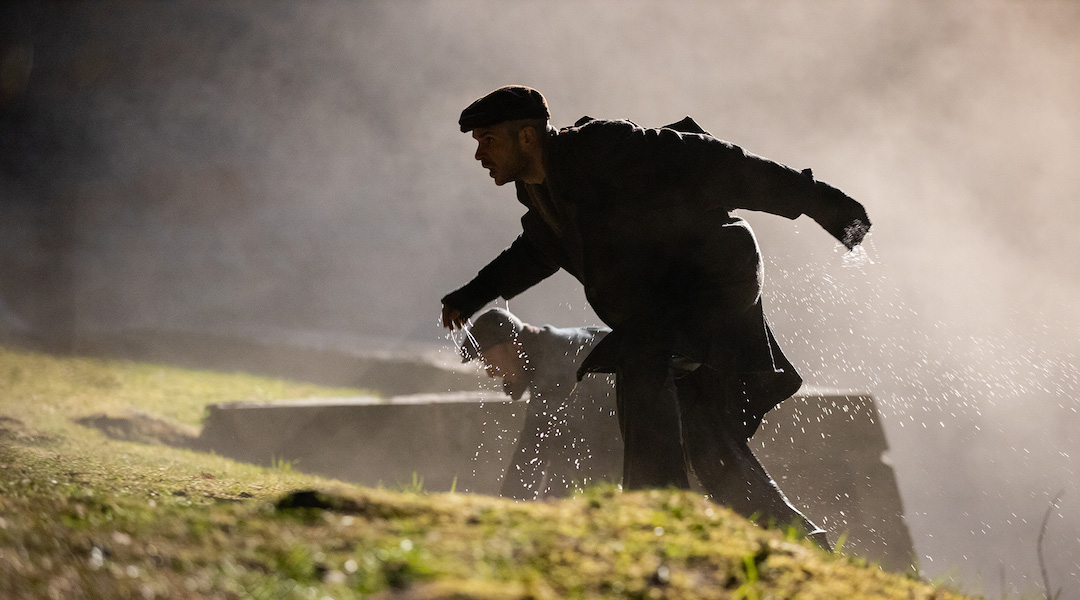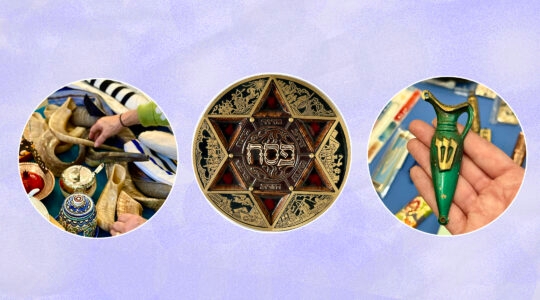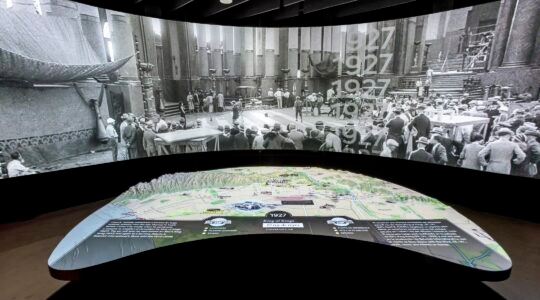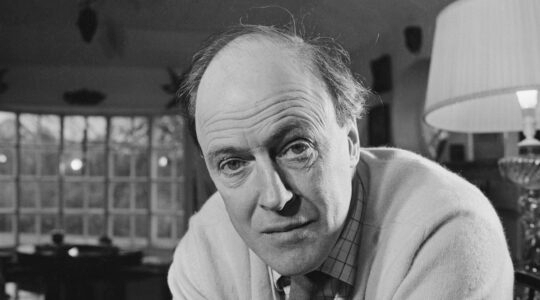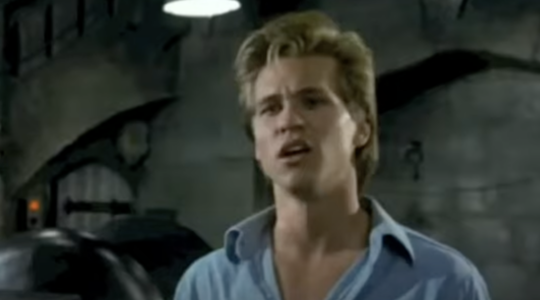(JTA) — Were it not for Rudolph Vrba and Alfréd Wexler, would the world today know the true extent of the mass murder the Nazis inflicted during the Holocaust?
The two men, both Slovak Jews who escaped from Auschwitz, secretly recorded fastidious notes about details of the death camp unknown to the outside world. These included schematics of the gas chambers, the Nazis’ use of the deadly chemical Zyklon-B, the number of prisoners being brought in to their deaths every day and the planned construction of a new rail line for deporting Hungarian Jews directly to the camp. The information the men smuggled out of Auschwitz formed the basis for the Vrba-Wetzler Report — the first time the international community had heard of much of these horrors.
The new Slovakian film “The Auschwitz Report,” directed by Peter Bebjak, somewhat clunkily dramatizes Vrba and Wexler’s 1944 escape and attempt to get their message to an outside world still largely ignorant of what was transpiring at the camps. This being a Holocaust film, Bebjak also spends considerable time (a full half of his 94 minutes) re-enacting the hell of the camp itself.
These early sequences — Nazis beating a man to death, shooting a father’s daughter in front of him, stacking naked dead bodies like meat — are stomach-churning in a familiar way, and serve as the film’s intent to align itself with more brutal siblings like “Son of Saul” rather than softer works like “Life is Beautiful.” Whether you find such scenes a necessary tool of the “never forget” philosophy will likely depend on how many Holocaust movies you’ve already seen, and how many more you feel like you can tolerate.
The escapees are referred to in the film as “Freddy” and “Walter” and played by Noel Czuczor and Peter Ondrejicka. In one of the movie’s bolder (or perhaps simply more economical) choices, there is nothing inherently heroic or special about these men. We know just as much about their backstories as we do about any of the other prisoners, which is to say, none — we only meet them in Auschwitz. This helps Bebjak and his co-screenwriters, Tomás Bombik and Jozef Pastéka, avoid the ugly yet typical Holocaust-movie misstep of casting the survivors in a more favorable light than everyone else, as though they simply had more strength of will than the ones who didn’t make it.
But this approach also has a downside. None of the Jewish prisoners in “The Auschwitz Report” come off as real people whose lives have value outside of their striped uniforms. In fact, the only prisoner who’s given a bit of individual backstory is pointedly referred to as a Franciscan. An early fake-out scene, in which one of the protagonists imagines himself being hanged by the camp’s gates, is meant to shock our senses; but the prisoners are so interchangeable that it has the opposite effect.
A 10-minute, unbroken sequence at the very end of the film seems to finally get at the moral concerns the filmmakers are after: Namely, how do you convince people of something so shocking that it defies belief? After they’ve fled the camp and spent several days trekking through the woods, Freddy and Walter finally reach the Polish-Slovak border (this being during the First Slovak Republic’s brief existence as a Nazi-aligned “free” state) and, with help from the burgeoning Slovak resistance, get themselves an audience with a British member of the International Red Cross. Only, he doesn’t believe their account.
The aid worker (John Hannah) notes that reports from his colleagues who’ve visited the camps make no mention of death squads, and that everything he’s seen indicates the Nazis are treating their prisoners humanely — a reflection of the real-life deception the Nazis played on the international aid community. He only snaps out of it when told that his colleagues, too, had been murdered by the Nazis. “It’s not just Jews!” the Jewish men tell him, in one of the only lines of dialogue in the film that mentions Jews at all.
It’s here, at the intersection of desperate pleas and uncaring bureaucracy, where we begin to understand why the Holocaust was allowed to continue for so long, while the world stood silent. The film’s provocative ending credits try to continue this theme; Bebjak underlays them with an audio montage of modern-day world leaders (including, yes, some familiar American voices) spouting hateful, nativist views. Some also traffic in Holocaust denial and Nazi appreciation.
“The Auschwitz Report” is hardly the first film of our modern era to try to make these connections, and the unfortunate truth is that some artists concerned about fascism and Nazis can draw that link more convincingly than others. By focusing so much on the unimaginable nightmare of Auschwitz itself, and very little on the actual work of the protagonists trying to convince people those nightmares were real, the film comes up short in its plea for us to grapple with the facts of history.
The real-life Vrba became a significant figure in the post-Holocaust Jewish landscape, appearing in Claude Lanzmann’s “Shoah” and remaining intensely outspoken about what he saw as the moral failings of the international community that did not quickly act on his report. Though the report did help to save more than 100,000 Hungarian Jews from being deported to Auschwitz, many more perished at the camps before action was taken. “The Auschwitz Report” emphasizes this point, in its endless depictions of the camp’s horrors. And yet, it’s hard not to feel like this film’s real story — the psychological gap between those horrors and an uncaring outside world — has yet to be told.
JTA has documented Jewish history in real-time for over a century. Keep our journalism strong by joining us in supporting independent, award-winning reporting.
